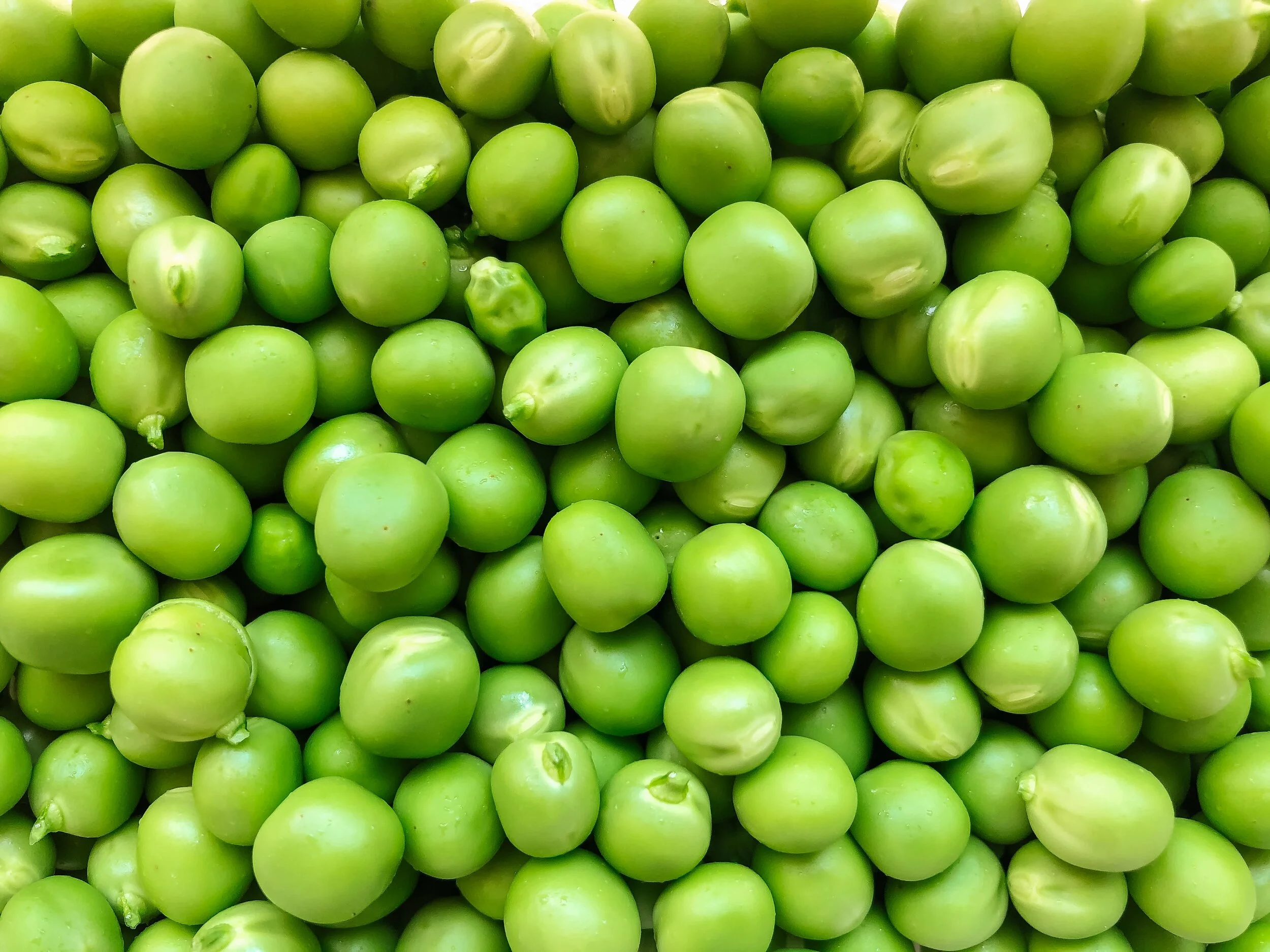pea
Peas are legumes and naturally add nitrogen to the soil. When planted in dense rows, they shade the soil, helping to keep weeds away. In the fall, leaving a few pods on the vine to dry out and crack open ensures your pea patch will come back each spring without having to replant it.
VarietiEs
If you want a traditional garden pea, choose Early Perfection or Garden Sweet, which have inedible pods and big, juicy peas. If you want a satisfying crunch and much less work, plant snow or sugar snap peas, which can be eaten right off the vine, pod and all. Popular snow-pea varieties are Sugar Daddy and Oregon Sugar Pod; these varieties produce tiny peas wrapped in a flat pod. Snap peas like Sugar Snap and Sugar Ann have inflated round pods with large peas.
WHERE PEAS THRIVE
Regional compatibility
Peas have a limited time to grow before the weather gets too hot (or too cold, for fall plantings). In southern regions, plant peas as a winter crop to avoid the heat.
Optimal sOIL & sun
Peas prefer a slightly acidic to neutral soil (pH balance 6.5 to 7) and grows best in moist, well-drained, loose and sandy conditions. That said, they are tolerant of a variety of soil types, except for very heavy clay.
Peas like at least six hours of sun a day but start to fade when summer heat sets in. Extend your harvest by planting a late crop of peas in a shady area of the garden, but be aware they won’t mature as quickly as your first crop.
RESILIENCE
Peas don’t fare well in the high heat of summer and tend to rot in too much rain. But when planted in the chill of spring, even if just above freezing, peas thrive.
PLANTING
FROM SEED
You can plant peas outside as early as four weeks before your last spring frost, but if it’s a soggy spring hold off until the soil dries a little or your peas won’t sprout. Push them into the ground at least an inch deep and two inches apart. You can start them inside but, given the early start date, there’s no real advantage to doing so.
Best time of year to plant
Plant in the spring, and don’t worry about a late frost. If you want more peas, plant a second crop in the fall.
COMPANION PLANTS
Beans make a great companion to most crops because of their nitrogen-fixing powers. Do not plant your beans next to onions and garlic, which can prevent bean seeds from germinating.
Growing
These climbers need a support trellis to keep them off the ground. Drive a stake into the soil on either side of your pea patch. Tie twine to the base of one stake and string it across to the other in a straight horizontal line. Start at the base of the poles and work your way up, stringing the twine every four inches to give the peas something to hold on to.
WATERING
Peas need a lot of water when they start to producing flowers and pods, and can suck up about a half-inch a day. During hot spring weather, you may have to water your peas daily once they start blooming.
Weeding
Keep peas weed-free in the early days after planting as they germinate. Peas grow fast and tall, so once they get going weeds aren’t much of a problem. But a good reason to keep peas weed-free is so slugs can’t hide in them during the day and come out at night to feed on the plant’s low-hanging leaves.
Fertilizing
Peas are nitrogen fixers, meaning they take care of their own nitrogen needs. As the leaves take nitrogen out of the air, little nodules on the roots put it into the soil, where the plant can draw on it. If you decide to fertilize your peas, use a fertilizer high in phosphorus like guano or bone meal, and feed your plants with potassium by adding kelp meal. Don’t give it more nitrogen or your peas may grow more leaves than peas.
CHALLENGES
Pea shoots and tendrils are delicate and easy to break. It’s also easy to overwater your peas and rot the roots. Once established, mature plants need only about a half inch of water per week. Once the pods start to develop, you can increase the amount of water to an inch a week to help them plump up.
pests & DISEASE
Pea plant leaves are more vulnerable to bugs than their pods. Pea weevil larvae will eat the pea seeds before they germinate, putting an end to your crop all together. The best control is to eradicate the adult population during the growing season. Mature pea weevils are gray-brown with a mottled back and will eat the leaves and roots. It’s tricky to locate the larvae, so the best control is to eradicate the adult population during the growing season. Aphids like to feed on pea leaves too, and while they won’t kill your plants, they can transmit a mosaic virus that will. Snip off the affected areas and spray plants with insecticidal soap.
Peas are often affected by downy mildew, but this usually doesn’t happen until well in to the growing and picking season. You will likely be able to harvest many peas before they succumb to the disease.
Harvest
Heavily picked pea plants will produce more peas. Peas are ready to pick once they’ve filled out the pods. Use scissors to clip off the peas so as not to break the delicate vines.
STORE
Eat peas fresh or lightly sauté the day you pick them because that’s when they taste best. If you do store them, wrap them in a damp paper towel and plastic bag. You can refrigerate your peas for up to a week.
Preserve
Peas can be frozen, with the pods or without. Blanch them first by boiling briefly and dunking in ice water. This will increase the storage capacity. Freeze in a single layer on a baking sheet before placing them in a bag or container in your freezer.













